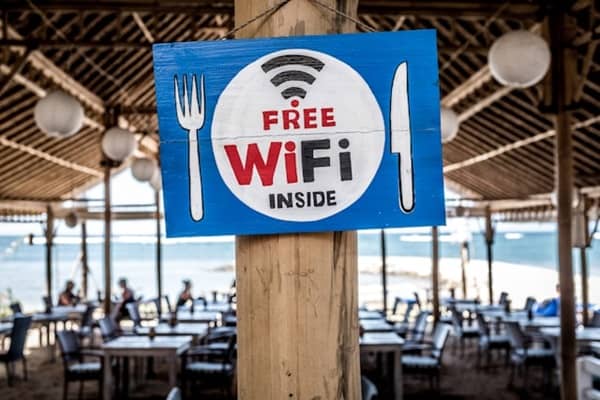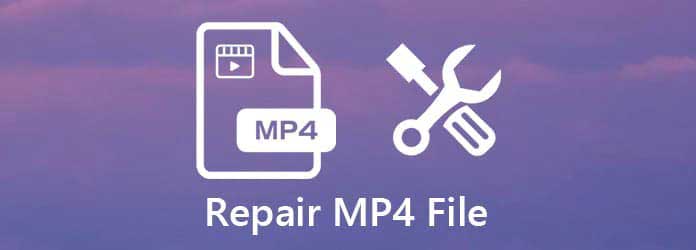How a Public WiFi Connection Poses a Security Risk


It is hard to overestimate the importance of public WiFi in the world where everything is connected to the Internet. If you are in a coffee shop, airport, hotel, or any other public place, the option to get online without using your mobile data is priceless. However, this convenience comes with great risks as will be discussed in this paper. Public WiFi networks are a big risk and can lead to various cyber threats to the users.
In this blog post, we will be explaining the various risks of using public WiFi and how one can minimize the risks while still using a public network.
Why Public WiFi is so Insecure?
These are public Wi-Fi networks that are open and do not use encryption to protect the data that is transmitted over them. While using WiFi at home or at the office, you enter a password and the connection is protected by certain encryption protocols; public WiFi does not have such protection. Here are some key reasons why public WiFi is insecure:
Lack of Encryption
It is a fact that majority of the public WiFi networks do not have encryption to secure the data that is being transferred over the network. This is because any data that you are sending or receiving can be easily sniffed by hackers including emails, passwords, and even credit card details.
Network Spoofing
Hackers can set up fake WiFi networks and these networks can be named to look like the real ones. For instance, a network can be identified as “Free Airport WiFi” while in an airport. Once connected to this rogue network all your activities on the internet are easily monitored and your information can easily be stolen.
Man-in-the-Middle Attacks
In a man-in-the-middle (MitM) attack, a hacker intercepts the communication that is between your device and the internet. This makes it possible for the hacker to listen to what you are doing, capture your information and even manipulate the information being sent and received.
Malware Distribution
Malware can also be spread through public WiFi networks. Malware can be installed into your device by hackers when you connect to a Wi-Fi network that is not secure. This malware can then be used to steal your data or completely control your device.
Specific Risks to Personal Information
The dangers of using public WiFi are that it can result in cybercrime such as identity theft, financial scams, and data theft. Here are some of the specific risks to your personal information:
Identity Theft
Among the most significant threats of connecting to public WiFi, there is the threat of identity theft. Hackers can steal your identity by getting your name, address, social security number and other related information. With this information, they can create accounts in your name, defraud people, and organizations, and bring about financial and reputational losses.
Financial Fraud
If you use online banking, or shop for goods over the internet, your financial details can be easily stolen. Hackers can get your credit card details, your bank account information and other financial information and perform transactions on your account without your knowledge.
Also read: How to Protect Your Personal Information?
Data Breaches
For the professionals working from home, using internet connection to check company emails and documents through WiFi can be a threat to the organization’s security. Hackers can obtain valuable business information, which is a threat to the organization’s image and profitability due to data leakage.
Tips to Help You Stay Safe When Using Public Wi-Fi
Despite the fact that connecting to public WiFi is quite dangerous, there are some tips that will help you to avoid the aforementioned threats. Here are some best practices to follow:
Use a Virtual Private Network (VPN)
A VPN simply hides your connection and makes it almost impossible for a hacker to get to your data. When you connect to a VPN, you are creating a shield for yourself and your online traffic so that even if you are using an unsafe network, your data will be safe.
Enable Two-Factor Authentication
Two-factor authentication (2FA) is a way to increase the protection of your accounts on the Internet. However, even if the hacker gets your password, he or she will not be able to get into your account because there is the second factor like a code sent to your phone.
Consider Alternative ID Solutions
To increase your privacy and security on the internet, you can try to use other identification methods. Other ID services can assist in preserving your real identity by giving you an alias or a set of other identifiers.
This minimizes the chances of identity theft and therefore your information is safe with the company. For instance, Surfshark has a feature called the Alternative ID that assists in hiding your identity by changing the details of your identity and adding more security.
Avoid Sensitive Transactions
It is recommended not to log into the sensitive accounts or perform any financial operations via public Wi-Fi. If possible, it is advised to do these tasks when connected to a secure network that is not easily accessible by other people.
Keep Your Software Updated
Make sure that the operating system of the device, the browser, and the applications are updated. Usually, software updates contain new features and bug fixes, which may also contain security fixes for specific issues.
Use HTTPS
While online, ensure that you search for websites that have the ‘s’ after the ‘http’ which is the HTTPS. The ‘S’ in the URL stands for secure and it means that the website has adopted the use of encryption to protect your information.
Be Wary of Fake Networks
It is recommended to check the name of the network with the establishment that is offering the WiFi. Do not connect to networks that have generic or questionable names.


